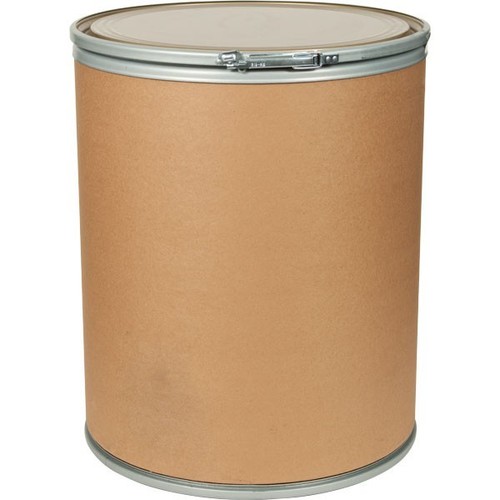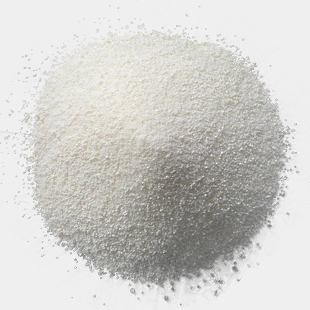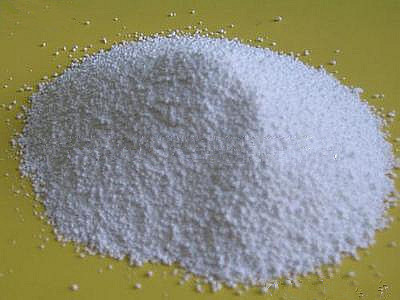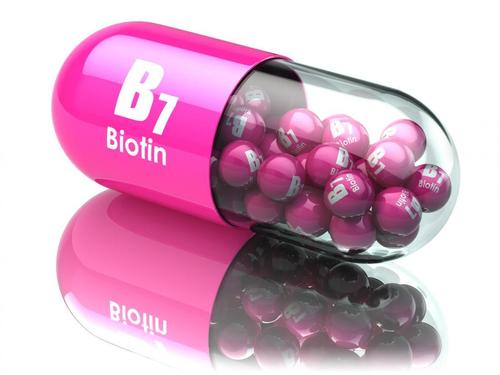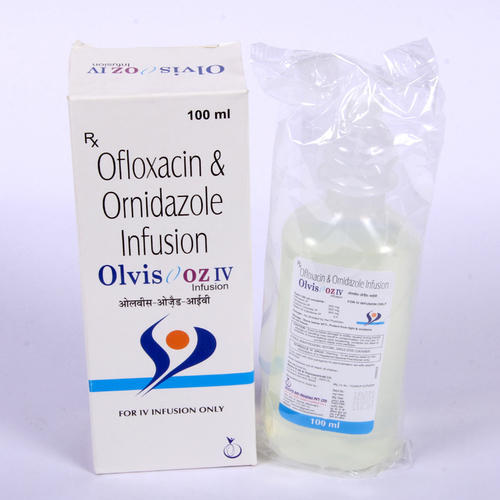

Amphotericin B
Amphotericin B Specification
- Molecular Formula
- C47H73NO17
- Loss on Drying
- 5%
- Solubility
- Slightly soluble in water soluble in methanol and DMSO
- EINECS No
- 215-742-2
- Poisonous
- No considered safe in prescribed doses
- Smell
- Characteristic odor
- Storage
- Store at 2-8C protected from light
- Shelf Life
- 2 years if stored properly
- Particle Size
- Micro-fine powder
- Melting Point
- 170-175C (decomposes)
- Taste
- Bitter
- HS Code
- 294200
- Structural Formula
- Complex polyene macrolide structure
- Color
- Yellow to orange
- Heavy Metal (%)
- 0.001%
- Ph Level
- 5.5-7.5 (aqueous solution)
- Molecular Weight
- 924.1 g/mol
- Medicine Name
- Amphotericin B
- Chemical Name
- Amphotericin B
- CAS No
- 1397-89-3
- Type
- Antifungal
- Grade
- Pharmaceutical Grade
- Usage
- Used to treat fungal infections
- Purity(%)
- 98%
- Appearance
- Yellow or orange powder
- Physical Form
- Powder
About Amphotericin B
- Name: Amphotericin B
- CAS No.:1397-89-3
- Formula:C47H73NO17
- Molecular Weight:924.21
- Deleted CAS: 1407-52-9|170451-87-0|30782-62-8|54482-28-9|8055-20-7
Synonyms:
Fungizone;Amphozone;component of Mysteclin-F;Mysteclin-F;33-((3-amino-3,6-dideoxyhexopyranosyl)oxy)-1,3,5,6,9,11,17,37-octahydroxy-15,16,18-trimethyl-13-oxo-14,39-dioxabicyclo[33.3.1]nonatriaconta-19,21,23,25,27,29,31-heptaene-36-carboxylic acid;Amphocin;IAB;Amphotericin B (JP14/USP);Amphotericin B (U.S. FDA Approved);AmphotericcinB;
- EINECS:215-742-2
- Density:1.34 g/cm3
- Melting Point:>170 °C
- Boiling Point:1140.4 °C at 760 mmHg
- Flash Point:643.5 °C
- Solubility: <0.1 g/100 mL at 21 °C in water
- Appearance: crystalline yellow solid
Broad-Spectrum Antifungal Treatment
Amphotericin B is classified as a polyene macrolide antibiotic, widely recognized for its effectiveness against a variety of systemic fungal infections. It is often prescribed when other antifungal medications are ineffective, making it an essential option in critical therapeutic settings.
High Stability and Purity
This product is supplied as a micro-fine powder with a yellow to orange hue and a distinctive odor. Its high stability and purity (98%) ensure that patients and medical professionals receive a consistent and reliable formulation, backed by strict pharmaceutical standards.
Safe Storage and Handling
To maintain Amphotericin Bs efficacy, it should be stored at 28C, protected from direct light. Proper storage conditions ensure a shelf life of up to two years, preserving the powders quality and therapeutic potential for medical use.
FAQs of Amphotericin B:
Q: How should Amphotericin B be stored to ensure maximum shelf life?
A: Amphotericin B should be stored at a temperature between 28C and protected from light. Under these conditions, the powder maintains its stability and potency for up to two years.Q: What is Amphotericin B primarily used for?
A: Amphotericin B is used to treat a wide range of serious fungal infections, especially in cases where first-line antifungal medications are not effective.Q: When is Amphotericin B typically administered in the treatment process?
A: It is typically administered when fungal infections are severe or resistant to other antifungals. The timing and dosage depend on the infections severity and the patients health status.Q: What are the advantages of using pharmaceutical-grade Amphotericin B?
A: Pharmaceutical-grade Amphotericin B offers high purity (98%) and low heavy metal content (0.001%), ensuring safety and consistent therapeutic performance for medical treatments.Q: Where is this Amphotericin B supplied from?
A: This Amphotericin B is manufactured, exported, and supplied from India, complying with international quality standards for pharmaceutical products.Q: How is Amphotericin B typically dissolved for use?
A: Amphotericin B is slightly soluble in water but dissolves more efficiently in solvents such as methanol and DMSO, allowing for precise preparation in laboratory and clinical settings.Q: What are the benefits of its micro-fine powder form?
A: The micro-fine powder form ensures easier dissolution, accurate dosage, and efficient delivery during pharmaceutical compounding, enhancing its effectiveness in treatment.

Price:
- 50
- 100
- 200
- 250
- 500
- 1000+
More Products in Active Pharmaceutical Ingredients Category
DOCUSATE SODIUM
Physical Form : Powder
Color : White
Medicine Name : DOCUSATE SODIUM
Shelf Life : 36 months
Storage : Other, Store in tightly closed containers in a cool, dry place
Purity(%) : 99%
CLIOQUINOL
Physical Form : Solid
Color : Yellow
Medicine Name : CLIOQUINOL
Shelf Life : 5 Years
Storage : Other, Store in cool, dry place
Purity(%) : 99% Min
Roxithromycin
Physical Form : Solid
Color : White
Medicine Name : Roxithromycin
Shelf Life : 2 years
Storage : Other, Store at room temperature in a tightly sealed container away from light and moisture
Purity(%) : 99%
Clarithromycin
Physical Form : Solid
Color : Other, White to offwhite
Medicine Name : Clarithromycin
Shelf Life : 2 years
Storage : Other, Store at room temperature away from moisture and light
Purity(%) : 98%
 |
REWINE PHARMACEUTICAL
All Rights Reserved.(Terms of Use) Developed and Managed by Infocom Network Private Limited. |


 Send Inquiry
Send Inquiry

